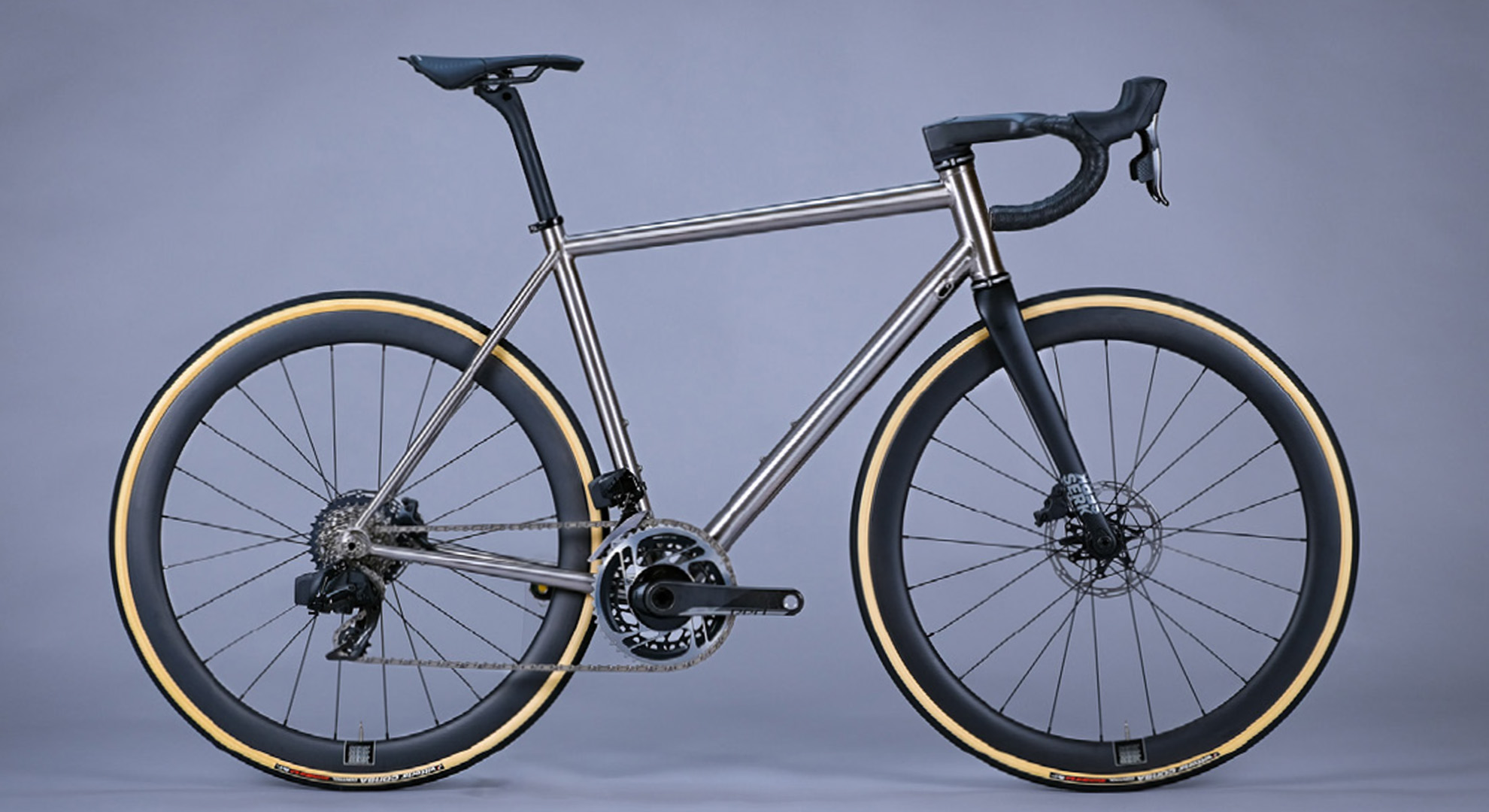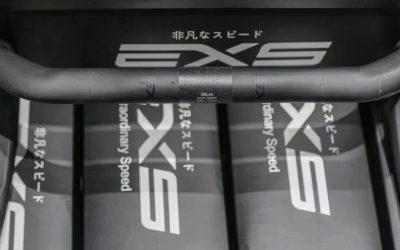Why Customizing Your Bike’s Components Can Improve Performance and Comfort
When it comes to cycling, having the right handlebar width can make all the difference in your riding experience. Handlebars come in a variety of widths, shapes, and styles, so it’s essential to choose the right one for your specific riding style. Here are some tips on how to choose the right handlebar width for your riding style.
Determine Your Riding Style
The first step in choosing the right handlebar width is to determine your riding style. Are you a road cyclist, a mountain biker, or a casual rider? Different riding styles require different handlebar widths.
Road cyclists typically prefer narrower handlebars because they offer better aerodynamics and are more comfortable when riding in a tucked position. Narrow handlebars also provide a more direct steering response, making it easier to navigate tight turns and descents. Road bike handlebars are typically measured from the center of the bar to the center of the brake hoods, with widths ranging from 36cm to 44cm.
Mountain bikers, on the other hand, typically opt for wider handlebars. Wider bars provide more stability and control, which is essential when navigating rough terrain and technical descents. Mountain bike handlebars are typically measured from the end of the grips, with widths ranging from 700mm to 800mm or more.
Casual riders may prefer a more relaxed handlebar position that allows for a more upright riding posture. Cruiser-style handlebars, for example, provide a comfortable, upright position that is ideal for leisurely rides around town.
However, it’s worth noting that handlebar width is not the only factor to consider when choosing handlebars. The shape and style of the handlebar can also have a significant impact on your riding experience. For example, drop bars are a popular choice for road cyclists because they allow for multiple hand positions and provide better aerodynamics. Flat bars are a popular choice for mountain bikers because they offer better control and maneuverability on technical terrain.
In addition to handlebar width and shape, you’ll also want to consider other factors such as material, weight, and stiffness. For example, carbon fiber handlebars are lightweight and provide a comfortable ride, but they can be more expensive than aluminum handlebars.
Consider Your Shoulder Width
When selecting road bike handlebars, it’s important to consider your shoulder width. You want your handlebars to be slightly wider than your shoulders to ensure that your arms and shoulders are in a natural and comfortable position. This will help prevent strain and discomfort in your upper body, allowing you to ride longer and more comfortably.
To measure your shoulder width, stand with your arms relaxed at your sides and measure the distance between the acromion process (the bony prominence on the top of your shoulder) on each side. This measurement will give you an idea of the width of handlebars that will work best for you.
It’s worth noting that this measurement is just a starting point, and there are other factors to consider when choosing handlebars. For example, if you have a more aggressive riding position, you may prefer handlebars that are slightly narrower than your shoulder width to improve aerodynamics. On the other hand, if you have a more upright riding position, you may prefer handlebars that are slightly wider to provide more stability and control.
Think About Comfort
Comfort is an essential factor to consider when choosing handlebars. Cycling can put a lot of stress on your upper body, so it’s crucial to choose handlebars that feel comfortable and alleviate pressure on your hands, wrists, and shoulders.
If you have any pre-existing conditions, such as shoulder pain or wrist pain, it’s especially important to choose handlebars with more ergonomic features. Ergonomic handlebars are designed to reduce stress on your hands and wrists by providing a more natural grip position. These handlebars often have a slight rise in the middle or a swept-back design, which can help alleviate pressure on your hands and wrists.
Another option for riders with wrist pain is to choose handlebars with flat tops. Flat tops provide a wider surface area for your hands to rest on, reducing pressure on your wrists and helping to distribute weight more evenly across your hands. This can be especially helpful for riders who spend a lot of time in the drops or on the hoods.
It’s also important to consider the shape and size of the grips on your handlebars. Grips that are too narrow or too thick can cause discomfort and affect your grip strength. Consider trying out different grip sizes and materials to find the most comfortable option for your hands.
In addition to ergonomic features, it’s important to consider the material and construction of your handlebars. Carbon fiber handlebars, for example, are known for their shock-absorbing properties and can provide a more comfortable ride. However, they can also be more expensive than aluminum or steel handlebars.
Consider Your Riding Goals
When it comes to cycling, having clear goals in mind can help you choose the right equipment, including your handlebars. If you’re looking to improve your performance, whether it’s going faster or riding longer distances, your handlebar width can have a significant impact on your results.
If you’re focused on speed and aerodynamics, narrower handlebars may be the way to go. Narrow handlebars allow you to adopt a more streamlined position on the bike, reducing wind resistance and helping you to achieve higher speeds. However, it’s important to ensure that your handlebars are still comfortable and don’t put too much strain on your upper body.
On the other hand, if endurance riding is your goal, wider handlebars may be a better option. Wide handlebars provide more stability and control, making it easier to handle your bike over long distances. This can help reduce fatigue and allow you to ride for longer periods without experiencing discomfort or pain.
It’s also worth noting that your riding style can impact your handlebar width selection. For example, if you’re a mountain biker, wider handlebars may be more appropriate to provide better handling and control on rough terrain. If you’re a road cyclist, narrower handlebars may be preferable for faster speeds on smooth roads.
Test Them Out
While there are several factors to consider when choosing the right handlebar width for your riding style, the best way to ensure a perfect fit is to test them out. Most bike shops will allow you to test ride different handlebars before making a purchase, which is an opportunity you shouldn’t pass up.
During the test ride, pay close attention to how the handlebars feel in your hands and how they impact your riding style. Do they feel comfortable, or are they causing discomfort or pain? Are they helping you achieve your performance goals, or are they hindering your progress? These are essential questions to ask yourself when testing out handlebars.
It’s also important to test out different handlebars in a variety of riding conditions. Take your test ride on different terrains, such as smooth roads or rough trails, and in different weather conditions to see how the handlebars perform. This can help you get a better understanding of how the handlebars will work for your specific needs.
When testing out different handlebars, don’t be afraid to ask for advice from the bike shop staff or other experienced riders. They may be able to provide valuable insights into which handlebars are best suited for your riding style or offer tips on how to make the most of your test ride.
Finally, once you’ve found the right handlebar width, it’s important to ensure that it’s properly installed and adjusted on your bike. If you’re not comfortable doing this yourself, a bike shop technician can help you make any necessary adjustments to ensure a perfect fit.
Conclusion
In conclusion, choosing the right handlebar width is essential for a comfortable and efficient cycling experience. Consider your riding style, shoulder width, comfort, riding goals, and test them out to find the perfect handlebars for you. With the right handlebars, you can enjoy a more comfortable and enjoyable ride.
Share this post
Leave a Reply
You must be logged in to post a comment.


















Comments (2)
how much price
Hello there, may I know which product are you looking for?